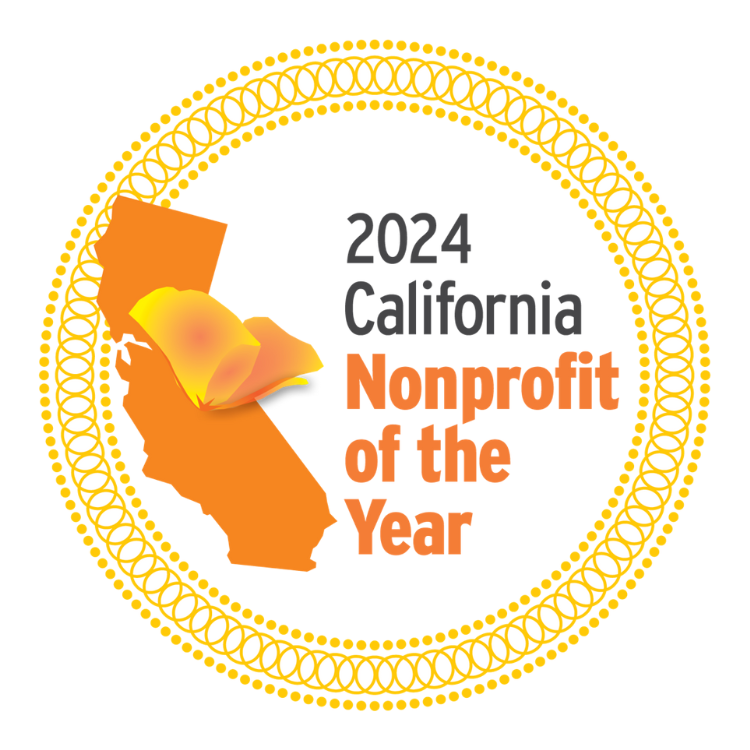Ocean Desalination in California
Ocean desalination is one of the water supply options we need to consider, but it is not as simple as it may appear.
There are good reasons why only one large ocean desalination facility exists in California. Ocean desalination has substantial environmental impacts, high costs (5x the cost of our groundwater), and other financial risks.
Orange County is where the future of desalination in California is being decided. The Poseidon Huntington Beach desalination project is now dead.
On May 12, 2022, the California Coastal Commission unanimously denied a Coastal Development Permit, and Poseidon decided to abandon the project. This is a massive win for the environment and ratepayers in Orange County.

The Doheny desalination project proposed by the South Coast Water District will now set the precedence for desalination plants in California. In 2022, the project received a Coastal Development Permit from the California Coastal Commission and a General Land Lease from the California State Lands Commission. Both agencies voted unanimously to approve the project. However, before construction, South Coast Water District must consult with local tribes, find solutions to decrease the financial impact on low-income ratepayers, and create a clear plan to reduce the potentially large greenhouse gas emissions from the plant.
Orange County has cheaper, cleaner water options than ocean desalination.
- We need safer, local solutions like water recycling, increasing conservation, and restoring contaminated groundwater.
- Conservation and water recycling are the best alternatives to costly and wasteful water projects like the Poseidon Huntington Beach desalination project. Orange County’s water recycling facility produces higher quality water for a fraction of the cost of ocean desalination; it is being expanded now.
- Orange County needs to expand water recycling and invest in new facilities like the water recycling plant in Carson, near South Los Angeles, that could provide significant water to Orange County.
- Orange County still discharges millions of gallons of imported water into the ocean daily! Direct Potable Reuse is a solution that needs to be implemented to recycle this valuable and dwindling resource. Water conservation and efficiency measures like eliminating ornamental turfgrass, fixing leaky pipes, and capturing rainwater and stormwater can save money and energy.
Coastkeeper Desalination Policy
Orange County Coastkeeper believes that ocean desalination will one day be a small part of California’s future water supply. Ocean desalination is a tool in the toolbox to use as a source of drinking water. However, ocean desalination should be the last resort after all other local water supply options, including conservation, have been considered.
Ocean desalination has the greatest environmental impacts, uses three times the energy compared to other water treatment processes, and is by far the most expensive (up to four times more than other processes). Water conservation, capture and recycling of stormwater and urban runoff, and indirect and direct potable reuse (sewage to distilled water) are all superior sources of drinking water for the reasons stated.
If ocean desalination is chosen, the desalination facility should be:
- Located where the water is needed
- Designed to minimize impacts on water quality, marine life, and the climate crisis
- Sized to meet a documented need for water
- Comply with the California Ocean Desalination Policy
Coastkeeper is not opposed to ocean desalination. Coastkeeper supports responsible desalination that considers the true costs of a desalination plant, including the burdens of financing, subsidies, energy demand, the environment, reliability, and aesthetics. We do oppose the use of expensive and environmentally damaging technology to augment water supply when more environmentally responsible and less costly alternatives exist.
Orange County should focus rate and taxpayer resources on the most efficient and cost-effective options for water security before approving desalination plants. The water agencies proposing desalination plants should first determine the real water supply needs of Orange County for the foreseeable future and develop a strategy to achieve those goals by using the best available technology with the lowest price and highest potential for water savings.
Desalination should be one of the tools that water agencies and the public choose to pursue, but only after fully exploring and adopting the less expensive and proven options such as conservation or expanding recycling and stormwater capture facilities.






